9 Interesting Facts About the Asteroid Belt You Never Knew (2024 Updates)
Last Updated on
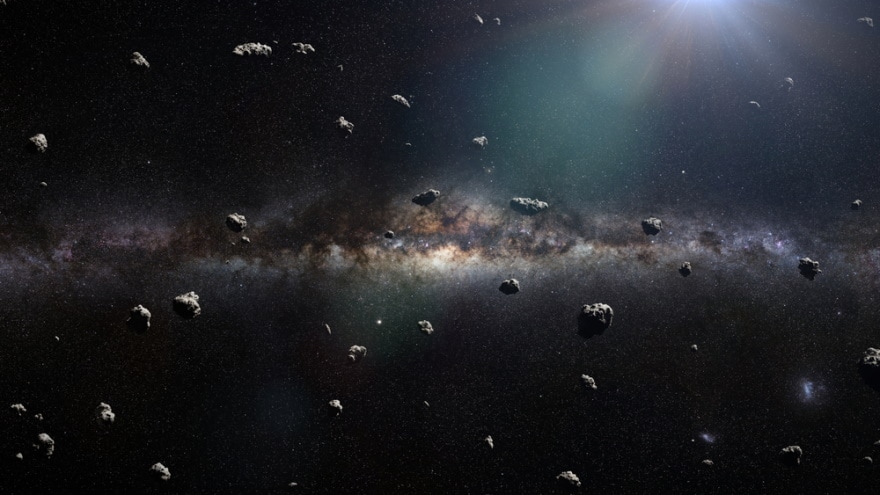
In between the inner and outer planets (Mars and Jupiter) is a layer of rocky material called the asteroid belt. It’s also known as the “main belt” as there are other asteroid clusters near Jupiter and Earth. It’s a fascinating phenomenon in our Solar System and it has a uniqueness that separates it from our typical discussions about planets and moons. That’s why we’ve gathered 9 interesting facts about the asteroid belt—so you can find out what makes it so special!

The 9 Facts About the Asteroid Belt
The Universe is full of interesting facts and secrets. Keep reading to learn nine facts about the asteroid belt.
1. There Are Hundreds of Thousands of Asteroids Here.
Our neighboring ring of rock and metal contains an innumerable number of asteroids. Scientists haven’t even fully discovered all the asteroids that reside in this area due to the sheer quantity. Of the ones known to humanity, there are several hundreds of thousands that have been officially identified. Still, there are thought to be millions of them here, ranging from the size of dust specs to mile-long boulders that you could walk across.
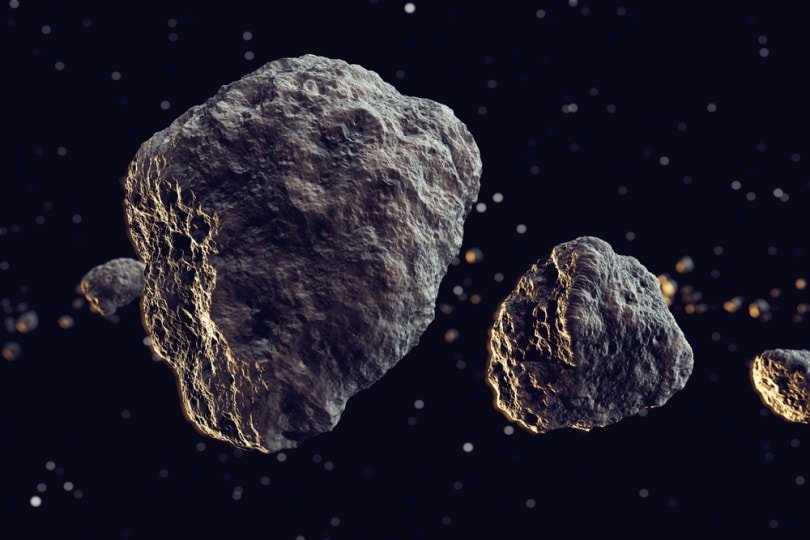
2. The First Object in the Asteroid Belt Was Discovered in 1801.
Right after the 19th century started, an Italian mathematician and astronomer by the name of Giuseppe Piazzi found a large planet-like body in the Solar System between Mars and Jupiter which he coined Ceres. This dwarf planet was just the tip of the iceberg in comparison to the entire belt itself. It wasn’t fully uncovered until over 50 years had passed and space scientists started to call it the “asteroid belt” due to the fact that it orbits the Sun in the shape of a ring.
3. Ceres Is the Largest Celestial Body in the Asteroid Belt.
As we mentioned before, Ceres is a dwarf planet and the only one to be in the main asteroid belt. It’s roughly 580 miles in diameter, making it large enough to be spherical due to its gravity. Back in 2014, water vapor was found in the planet’s exosphere, which is unlike other asteroids in the belt.
Its surface and crust are made of clay and ice, with cryovolcanoes shooting gases into the frigid environment. It’s even possible that microscopic life could be here, as there are areas with water and less extreme temperatures.
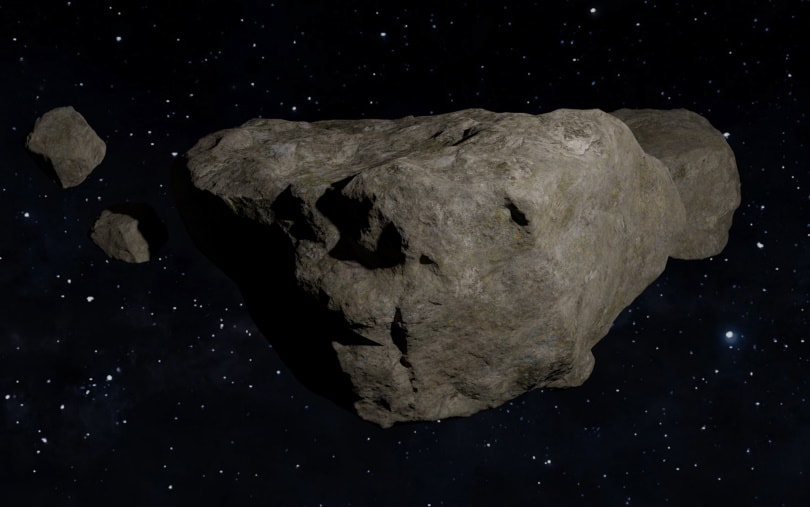
4. Pioneer 10 Was the First Spacecraft to Explore the Belt.
On July 16th,1972, Pioneer 10 delved deep into the rock, metal, and ice that make up the disc of asteroids and comets. There was some worry that the asteroid belt would pose a serious risk of damaging the Pioneer spacecraft since the debris and the extreme number of objects would be difficult to navigate. However, this assumption was false. The objects here are actually quite far apart and the gaps make it easy to traverse the area.
5. Asteroids Can Be Super Far Apart.
As you may have heard before, the vastness of space is difficult to truly imagine. Although pictures might depict this cluster of space material as a dense rock ring, the reality is that asteroids far exceed 500,000 miles from each other. So, unfortunately, you wouldn’t be able to hop from asteroid to asteroid for fun. For context, our planet is less than 25,000 miles around, and the asteroid belt’s distance is nearly 20 times longer!
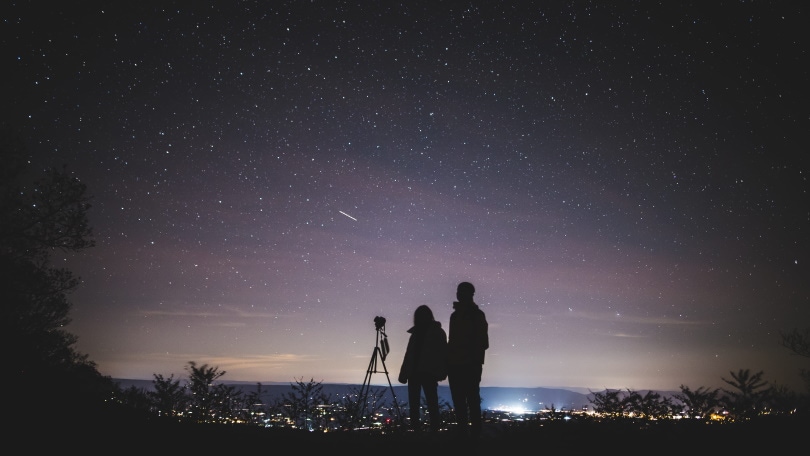
6. Ceres Isn’t the Only Big Asteroid.
There are quite a few asteroids that are of considerable size, and the dwarf planet Ceres isn’t alone. Vesta, Pallas, and Hygiea are the next biggest objects in the asteroid belt. The fourth asteroid to ever be discovered was Vesta in 1807, taking up approximately 9% of the mass of all asteroids in our Solar System. Pallas, the third largest, was found a few years earlier in 1802 by Willhelm Olbers, while Hygiea went unnoticed until 1849.
7. Asteroids Here Are Made of Different Materials.
According to astronomers, the composition of these floating boulders is distinguished by four sectors: C-type, S-type, M-type, and V-type.
The C-types are referred to as the carbonaceous asteroids, which consist mainly of carbon and tend to be red in color. The S-types are silicon based and reflect sunlight strongly. M-type asteroids are made of metals like nickel and iron. They make up about 10% of the total asteroid belt. V-types are composed of basalt, but there isn’t a definitive conclusion on whether they are the primary makeup for Vesta, where the V-type gets its name.
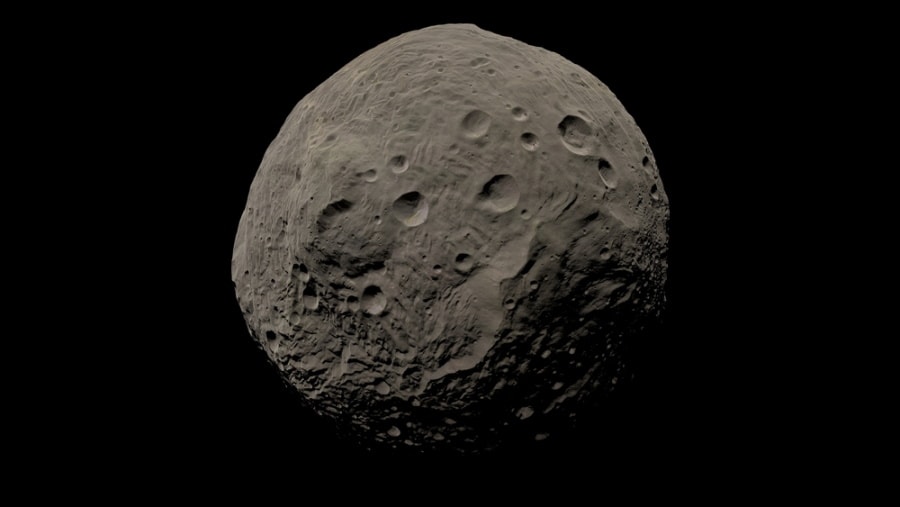
8. The Asteroid Belt Was Formed Long Ago.
Based on research done by the University of Florida, a 2018 study answered the question of whether the asteroid belt was created by a single planetary collision or multiple planets. They confirmed that many planets that existed in the earlier stages of the solar system were the true cause of this phenomenon.
Before this, most 19th-century observations by astronomers thought it was one large planet that had collided and broken off into countless asteroids.
9. Some of the Asteroids Are Here on Earth.
Inevitably, there are countless times that asteroids in this area will collide with one another, breaking off into smaller pieces that eventually become meteors that enter Earth’s atmosphere.
The same can happen due to a gravitational force, and it’s even possible for them to end up landing here as meteorites. They are extremely rare though, fetching high prices from collectors across the globe. However, since our planet’s surface is mostly made up of water, they sink to the bottom of the sea without us ever knowing.


Conclusion
Our relationship with our neighboring asteroid belt is one that has evolved over millions of years, and it’s no question that it has a rather special place in our Solar System. Our goal here was to educate you on what makes it such a highlight, but these nine interesting facts about the asteroid belt are sure to wow you and your close friends and family!
Featured Image Credit: Dotted Yeti, Shutterstock
Table of Contents
- The 9 Facts About the Asteroid Belt
- 1. There Are Hundreds of Thousands of Asteroids Here.
- 2. The First Object in the Asteroid Belt Was Discovered in 1801.
- 3. Ceres Is the Largest Celestial Body in the Asteroid Belt.
- 4. Pioneer 10 Was the First Spacecraft to Explore the Belt.
- 5. Asteroids Can Be Super Far Apart.
- 6. Ceres Isn’t the Only Big Asteroid.
- 7. Asteroids Here Are Made of Different Materials.
- 8. The Asteroid Belt Was Formed Long Ago.
- 9. Some of the Asteroids Are Here on Earth.
- Conclusion
About the Author Robert Sparks
Robert’s obsession with all things optical started early in life, when his optician father would bring home prototypes for Robert to play with. Nowadays, Robert is dedicated to helping others find the right optics for their needs. His hobbies include astronomy, astrophysics, and model building. Originally from Newark, NJ, he resides in Santa Fe, New Mexico, where the nighttime skies are filled with glittering stars.
Related Articles:
15 Crucial Facts About Ultraviolet Rays & the Sun
What Constellation Is Spica In? The Interesting Answer!
10 Interesting Leo Constellation Facts, Myths, and FAQs
15 Interesting Pegasus Constellation Facts, Myths, and FAQs
6 Interesting Sagittarius Constellation Facts, Myths, and FAQs in 2024!
What Are Constellations? Where Did They Come From?
8 Interesting Libra Constellation Facts, Myths, and FAQs
What Is Infrared Radiation? Science-Based Facts & FAQ
